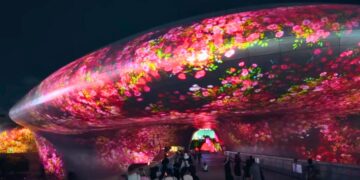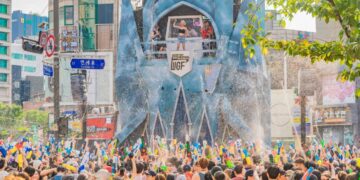You may have heard of Seollal and Chuseok, but have you ever heard of Dano? Often overlooked by casual travelers, the Dano Festival in South Korea is one of the country’s oldest seasonal holidays—vibrant, ritual-rich, and deeply tied to Korea’s agrarian roots. Today, we’re going to invite you to dive deeper into the underrated but incredibly immersive Korea Dano Festival in a complete guide below. Later on, you will understand how experiencing Dano is your chance to feel the authentic experience and tradition come alive in South Korea.
Dano Festival in South Korea: A Cultural Celebration of Balance, Beauty, and Tradition
Every country has its seasonal turning points—those rare moments when nature, culture, and human spirit align. In South Korea, one of the most vibrant of these is the Dano Festival (단오), a midsummer celebration that pulses with ancient energy, colorful rituals, and earthy wisdom passed down through centuries.
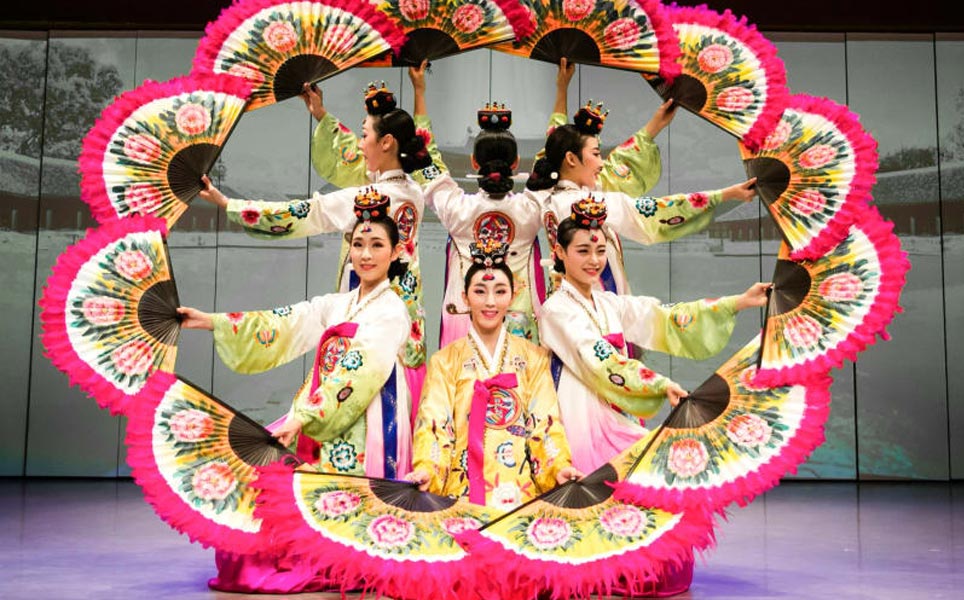
If you’re planning to visit South Korea in late spring or early summer, this is one festival that connects you directly with Korea’s oldest folk traditions—and offers one of the most immersive cultural experiences you’ll ever find.
What Is the Dano Festival?
Dano (also called Surit-nal, 수릿날 or Cheonjungjeol, 천중절) falls on the fifth day of the fifth lunar month—usually in May or June in the Gregorian calendar—and is one of Korea’s most important traditional holidays. Dating back to the Mahan Confederacy over 2,000 years, Dano began as a shamanistic festival tied to seasonal cycles and harvest prayers.
While major holidays like Seollal became state-sponsored under Confucian norms, Dano retained more of its folk and shamanistic flavor—even during the Joseon era.
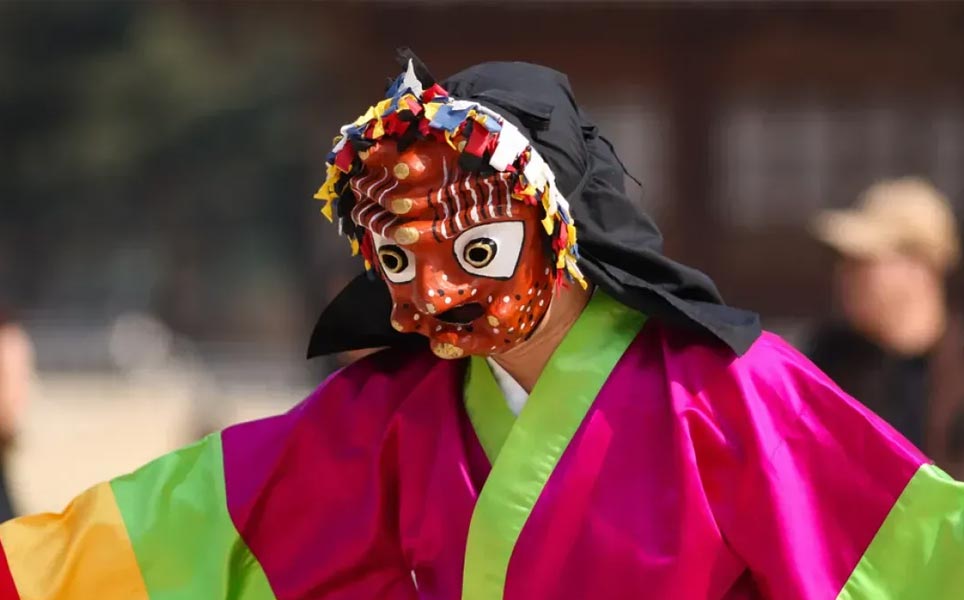
In 2005, the Gangneung Danoje (강릉단오제), the most famous version of the festival, was inscribed by UNESCO as a Masterpiece of the Oral and Intangible Heritage of Humanity—highlighting its cultural importance and continued relevance in modern Korea.
What Actually Happens During Dano Festival? Rituals, Traditions, and Hidden Meanings
If you’re lucky enough to visit South Korea during Dano, you’re in for more than just festive fanfare—this is a holiday rich in sensory rituals and deep symbolism, many of which offer rare insight into traditional Korean life.
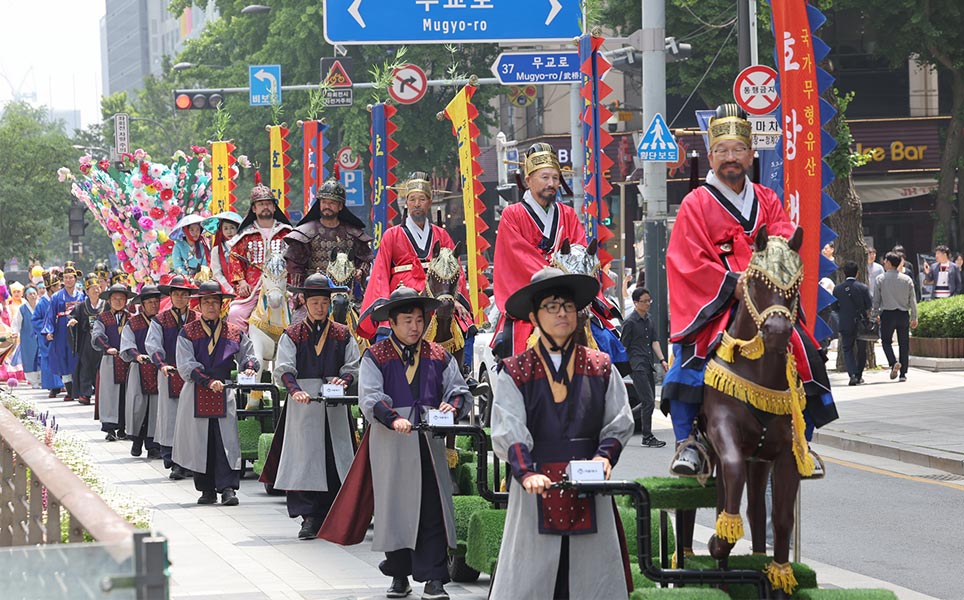
Here’s how that translates into cultural practices you can still witness today:
Washing hair in changpo water (창포물)
You might see women dipping their hair into bowls of gently scented herbal water. This isn’t a beauty treatment—it’s a centuries-old purification ritual. Changpo, or sweet flag root, is believed to bring shine to hair and clarity to the mind. On Dano, washing your hair in changpo water is said to protect against headaches and bad energy—making it a symbolic fresh start.
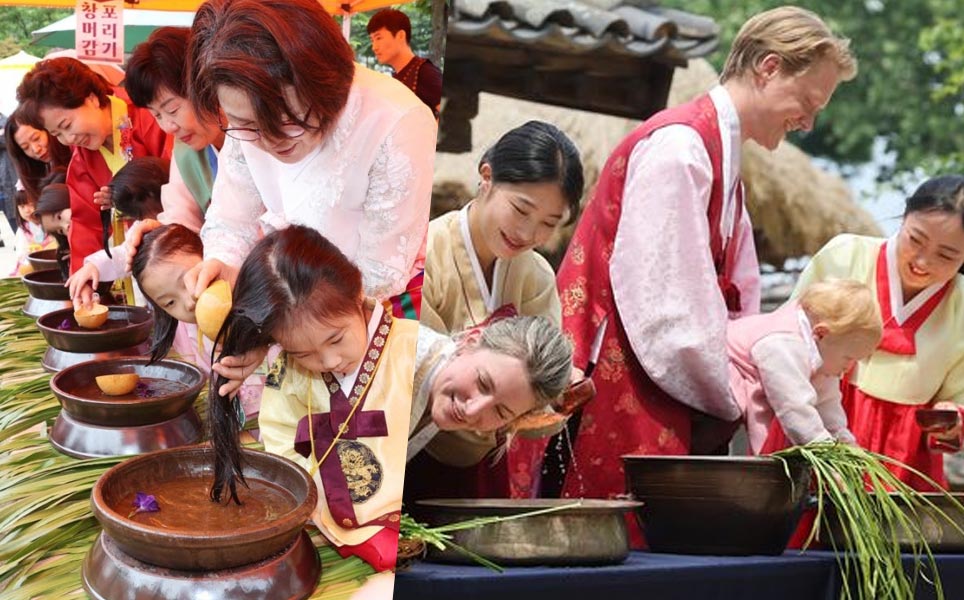
Wearing red and blue silk ribbons (창포 댕기)
These vibrant strands aren’t just decorative. Red and blue represent the cosmic forces of yin and yang, and wearing them during Dano is a way to invite harmony while warding off misfortune. Traditionally, children would wear these silk ribbons braided into their hair or tied around the wrist for protection—and even today, it’s a charming sight during village festivals.
Acrobatics, folk plays, and masked satire
From tightrope walking (줄타기) to talchum masked dance dramas, Dano’s performances are full of cheeky humor and subversive wit. You’re not just watching entertainment—you’re witnessing a cultural safety valve where class satire and social critique were historically allowed to shine through exaggerated gestures and costumed play.
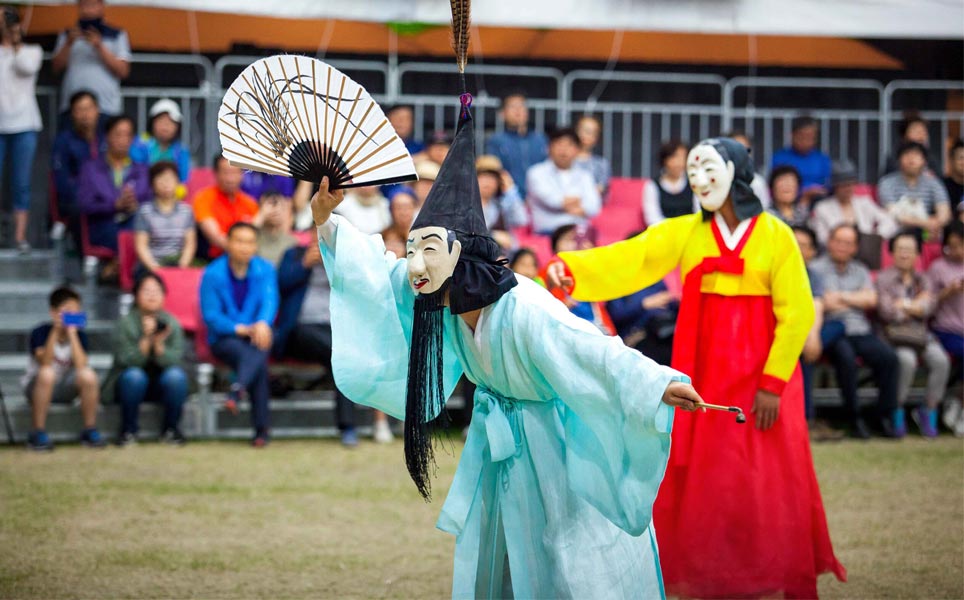
Ssireum (씨름) Wrestling
Forget modern MMA—Ssireum, Korea’s traditional form of wrestling, is pure muscle, strategy, and ritual. Competitions are usually held on sand pits or near rivers, and they draw big crowds. The winner? Often rewarded with rice cakes, livestock, or local bragging rights. It’s raw, rhythmic, and steeped in masculine energy—yet families and kids cheer just as loudly from the sidelines.
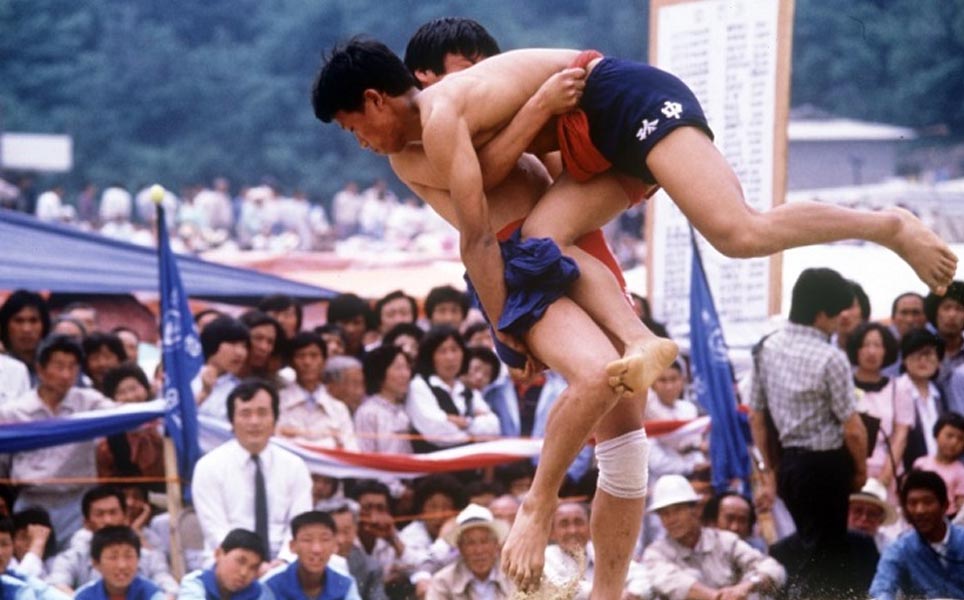
Drinking Dongdongju (동동주)
If you’re the type to toast with curiosity, Dano offers the perfect sip. Dongdongju, a traditional Korean rice wine, takes center stage during seasonal festivals like Dano. Cloudy, slightly fizzy, and gently sweet, this unfiltered brew gets its name from the floating grains (“dongdong” means bobbing). During Dano, it’s more than just a drink—it’s a ritual of connection, shared to cool the body, lift the spirit, and mark the turning of summer’s door. And yes, it pairs perfectly with fresh Surichitteok.
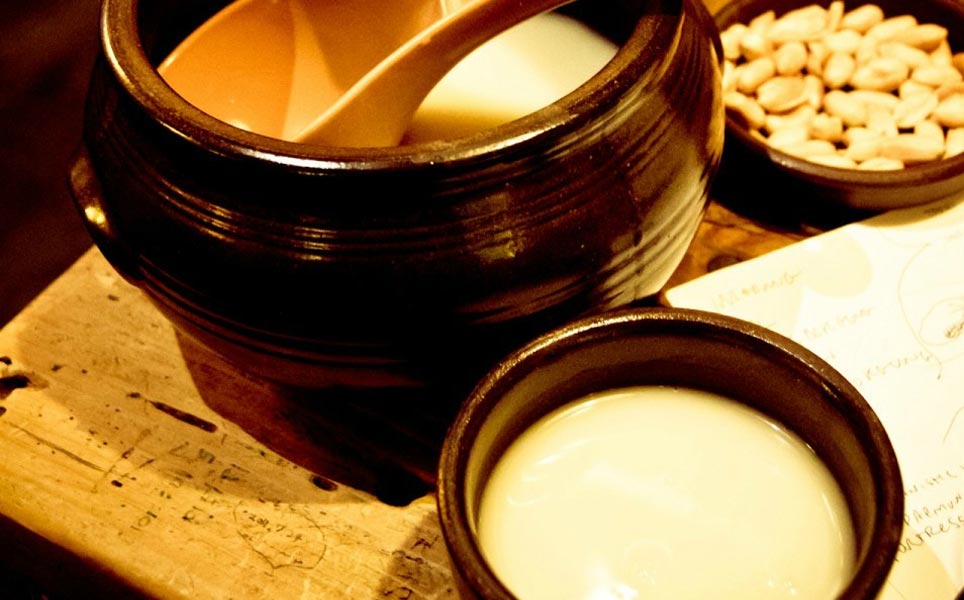
Where to Experience Dano in South Korea
While many cities host local Dano events, a few destinations stand out for their scale, authenticity, and travel appeal:
1. Gangneung Danoje Festival (강릉단오제)
Held in the eastern coastal city of Gangneung, this is the most iconic version of the festival and the one recognized by UNESCO. It features a full week of shaman rituals, parades, ssireum competitions, and traditional marketplaces. The rituals are performed at Daegwallyeong altar to pray for national peace and good harvests, and they preserve rare forms of indigenous Korean music and dance.
Tip for travelers: Arrive early in the morning to witness the ceremonial offerings to mountain and sea gods, then spend the day sampling traditional sweets, teas, and herbal remedies sold by local artisans.
2. Namsangol Hanok Village Dano Festival
If you’re spending late May in Seoul, the Dano Festival at Namsangol Hanok Village is your golden invitation to experience Korea’s seasonal soul—no train tickets or countryside detours required. This beautifully preserved village in the heart of the city transforms into a hands-on cultural sanctuary, where the rituals of Dano actually lived.
What’s unique in 2025: The 2025 festival offers a rich lineup of immersive experiences. You’ll craft edible art like rainbow-striped mugwort rice cakes and three-color omija punch, create changpo-infused shampoo bars and mother-of-pearl hairpins, or join zero-cost experiences like balsam flower nail dyeing and fan making
Korean Food Culture During Dano
Dano isn’t just about sacred rituals—it’s also a sensory feast grounded in Korea’s seasonal philosophy. Traditional foods during this time are intentionally chosen to balance the body and ward off heat as summer begins.
You’ll often find surichitteok (수리취떡) and ssuktteok (쑥떡)—two beloved variations of soft green rice cakes infused with mugwort, which is believed to offer both stamina and spiritual cleansing.
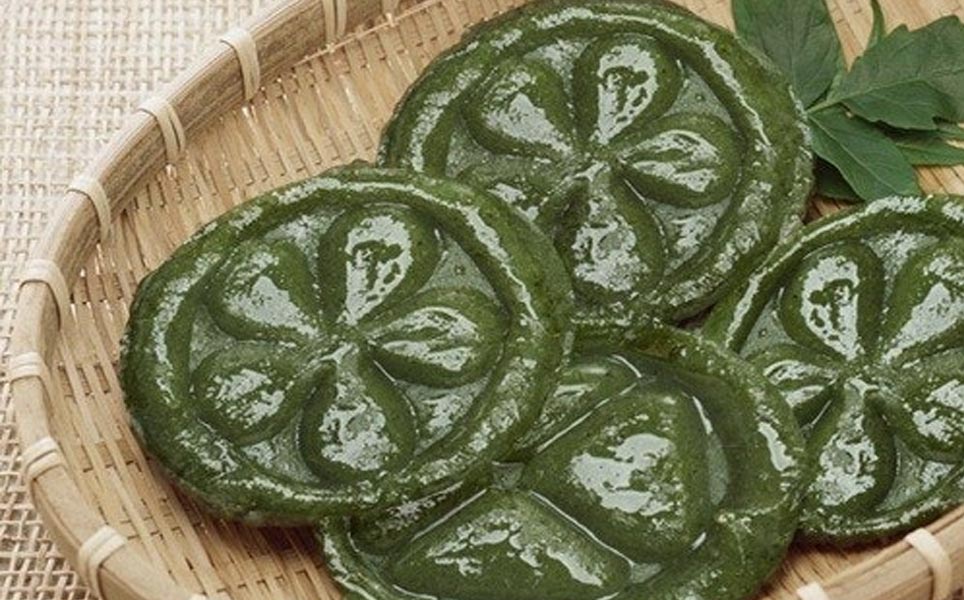
Jeon (전), or Korean savory pancakes, are also popular this season—often made with scallions, herbs, or seasonal vegetables. They’re easy to share, sizzling with crunch, and typically enjoyed alongside a refreshing cup of dongdongju or makgeolli, both fermented rice wines that help cool the body and spark celebration.
You’ll also see herbal teas like omija-cha (five-flavor berry tea) served chilled, along with fresh seasonal fruits like cherries and plums—simple but symbolic touches of Korea’s respect for natural cycles.
If you’re a food-curious traveler, this is your chance to taste Korean heritage the way it’s meant to be: seasonal, meaningful, and shared.
What Dano Tells Us About Korean Culture
You might be wondering: why does this ancient festival still matter in 2025?
Because Dano is a lens into the core values of Korean society—harmony with nature, respect for ancestors, the balancing of energy (yin and yang), and the importance of community healing. In a world racing toward hyper-connectivity and digital fatigue, Dano reminds us to pause, reconnect with natural rhythms, and celebrate life’s midpoint with intentionality.
More than a performance or parade, Dano is a living thread that ties modern Koreans to centuries of seasonal wisdom—one still passed down today through school programs in cities like Gangneung, where children learn traditional songs, rituals, and crafts as part of cultural heritage education.
And for you, as a traveler, it’s a rare opportunity to witness Korea’s intangible heritage not in a museum—but alive, breathing, and unfolding before your eyes.
Final Travel Tips for Experiencing Dano Festival in South Korea
Check the Lunar calendar
Dano follows the lunar calendar, which means its date shifts each year—usually falling in late May or early June. For 2025, mark your calendar on May 31. Always double-check with local tourism boards or festival venues like Gangneung or Namsangol Hanok Village for updated schedules, as events span multiple days.
Dress for the occasion
Traditional Dano attire embraces the season’s festive spirit. Many locals wear hanbok in colors like red, blue, and white, believed to symbolize harmony and spiritual cleansing. You don’t need a full hanbok to join in—tying a red or blue ribbon in your hair is both welcomed and symbolic.
Engage, don’t just watch
Dano is a festival of participation, not just performance. Don’t hesitate to join the dugyeonhwa (herbal hair-washing ritual), try ssireum (traditional Korean wrestling), or make a wish on a handcrafted fan. Most events are designed to be inclusive—even if you’re just visiting, you’re invited to play a part.
Mind the weather
Dano traditionally marks the start of Korean summer, so expect heat and humidity—especially in coastal or rural areas. Bring water, sunblock, and a foldable hat or fan if you plan to explore festival grounds from morning until dusk.
Respect the spiritual elements
Many Dano festival events in South Korea are more than just performance—they’re tied to rituals for health, fertility, and ancestral protection. You will most likely see Shamanic rites and offerings to mountain or river spirits. So please be mindful when taking photos, and always ask before joining or recording private ceremonies. Quiet observation is often the most respectful way to experience these sacred moments.
Why You’ll Remember Dano Long After the Festival Ends
Finally, unlike the other festivals in South Korea, Dano may not be as flashy and it won’t overwhelm you with spectacle. But that’s exactly why it lingers.
It’s in the sound of drums echoing through a pine forest. The faint herbal scent of changpo water clinging to your hands. The laughter of strangers wrestling beside a river. The hush before an offering is made at sunrise. They will be the memory-markers of a Korea that lives quietly, patiently—waiting for you to return again next year.
So if you want to experience Korea beyond the highlights, step into Dano. You won’t just see Korea. You will actually feel it etched into your memories and deep into your heart.
Related Posts
3,027 total views, 1 views today


